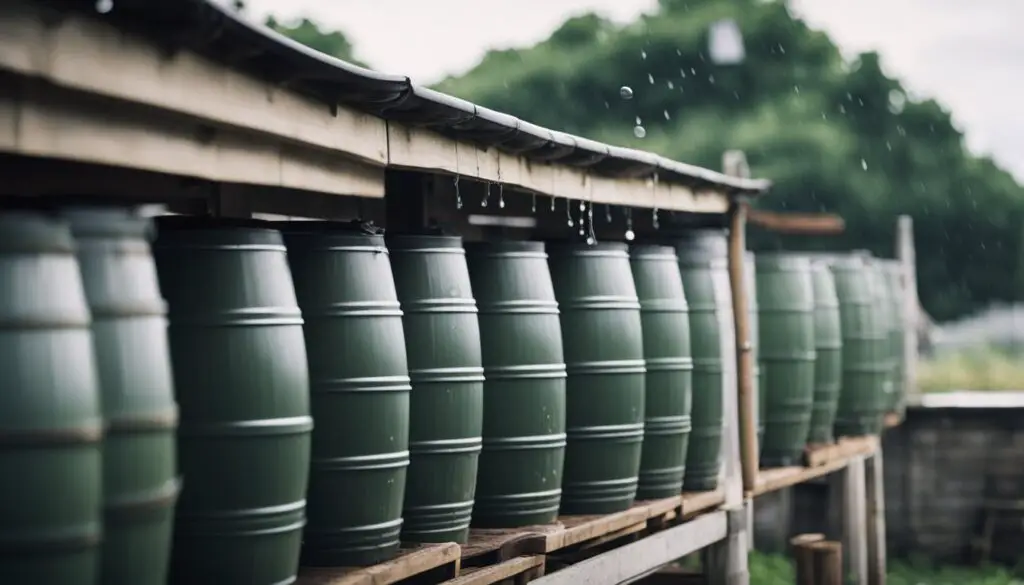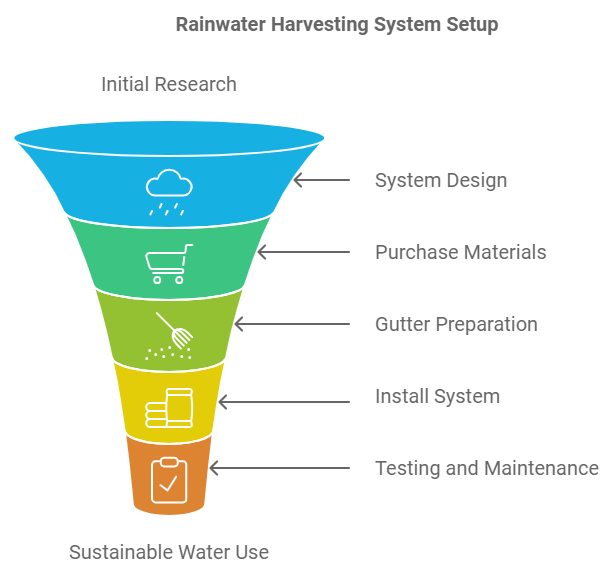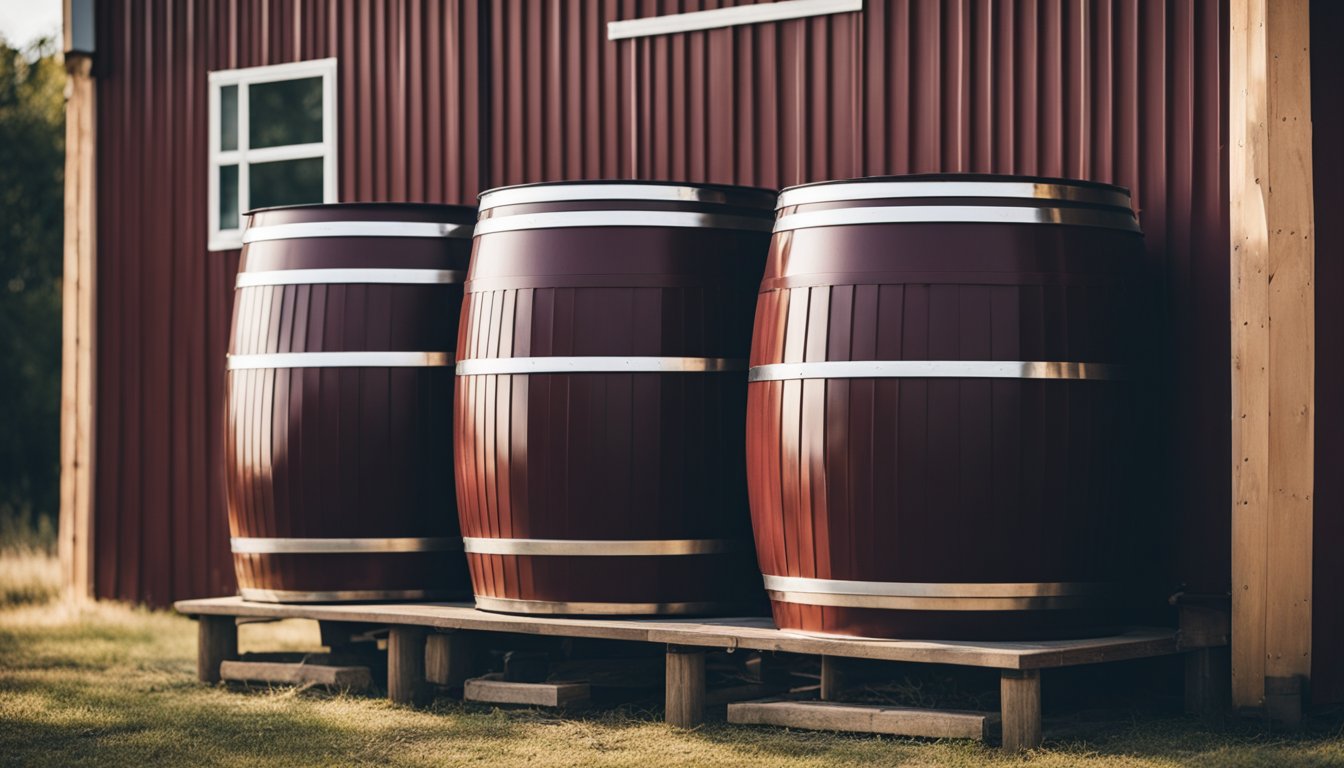Water is one of our most precious resources, yet many of us take it for granted. With increasing droughts and climate change, it’s time to rethink how we manage this vital element. Water harvesting offers a simple yet powerful solution to conserve and utilize rainwater effectively. Imagine capturing the rain that falls on your roof and using it for your garden, toilet, or even washing your car.
Not only does water harvesting reduce reliance on municipal supplies, but it also lowers water bills and helps protect our environment. By adopting this practice, we can create a sustainable future while enjoying the benefits of a resource that’s often overlooked. Let’s dive into the numerous advantages of water harvesting and discover how it can transform our lives and communities for the better.
Overview of Water Harvesting
Water harvesting captures and stores rainwater for reuse. This practice plays a crucial role in conserving water and addressing supply challenges.
Definition and Importance
Water harvesting refers to techniques that collect rainwater from surfaces like roofs and pavement. I find this practice important because it helps manage water resources efficiently. Using this collected water reduces the pressure on local water systems. Many people use it for gardening and even household tasks, making it a smart choice. It not only offers a sustainable water source but also promotes environmental wellness.
Historical Context
Water harvesting dates back thousands of years. Ancient civilizations, such as the Romans and the Incas, used these methods to thrive in their environments. They built systems to collect rain for agriculture and daily use. The principles they employed still influence modern practices today. Water harvesting has survived the test of time, proving its effectiveness. So, whether it’s ancient techniques or modern innovations, capturing rainwater has always been a crucial survival tactic.
Environmental Benefits – Advantages of Water Harvesting

Water harvesting offers substantial environmental benefits. It plays a vital role in promoting sustainability and protecting natural resources.
Conservation of Water Resources
Water harvesting helps save precious water. By capturing rainwater, I can reduce reliance on traditional water sources. Every drop collected counts, especially during dry spells. Using stored rainwater for tasks like watering gardens lessens pressure on local water supplies. During a drought, having a backup supply can make all the difference. It’s like having a financial cushion, but for water!
Mitigation of Soil Erosion
Water harvesting also combats soil erosion. It slows down runoff, allowing moisture to seep deep into the ground. With rainwater soaked into the soil, the risk of erosion decreases. Healthy soil retains more nutrients and supports plant life. Plus, thriving plants can help prevent dust storms and enhance air quality. In a way, I’m not just saving water; I’m nurturing the earth too.
Economic Advantages
Water harvesting brings significant economic benefits. It reduces costs and enhances agricultural production.
Cost Savings
Saving money is a big draw for many who consider water harvesting. Capturing rainwater decreases reliance on municipal water supplies. This shift leads to lower water bills. Homeowners can save 20 to 50 percent on water expenses with efficient systems. It’s like getting a monthly discount from your water provider. The initial setup cost pays off quickly, especially after a few rainy seasons.
Agricultural Productivity
Water harvesting boosts agricultural productivity. Farmers gain access to a free and reliable water source for irrigation. Consistent water supply supports crop growth, resulting in higher yields. In areas where droughts are common, harvested rainwater can mean the difference between a bountiful harvest and nothing at all. Imagine growing tomatoes in the middle of a dry spell, all thanks to smart water collection practices. Plus, healthier plants lead to better profits. Investing in water harvesting pays off not just for the farmer, but for the entire community.
Social Impact – Advantages of Water Harvesting
Water harvesting creates significant social benefits. Capturing rainwater improves community access to water and strengthens resilience against climate challenges.
Improved Water Access
Rainwater harvesting enhances water accessibility. Communities with limited water resources often struggle during dry periods. With effective water harvesting systems, these areas can collect and store rainwater, providing much-needed supplies for households and gardens. This system reduces reliance on municipal water sources, especially during droughts. Families can enjoy clean water for drinking and irrigation, which supports healthier living conditions. Sometimes, it feels like having a little water reserve is like a secret superpower during the summer months.
Technological Innovations in Water Harvesting

Innovations in technology enhance the efficiency of water harvesting systems, making them not only effective but also user-friendly. Modern advancements provide smart ways to collect and manage rainwater, promoting sustainability.
Modern Techniques
I use various modern techniques for efficient water harvesting. First, rain barrels capture runoff from rooftops. These barrels store rainwater for later use in gardens and lawns. Next, permeable pavement allows rainwater to seep through into the ground, reducing runoff and helping groundwater recharge. Some systems use gutters equipped with filters to prevent debris from entering storage tanks. Automated pumps and sensors simplify the watering process, providing precise water amounts when needed. Lastly, I can incorporate smart irrigation systems that adjust water delivery based on weather forecasts. Imagine a system that knows when rain is on the way and holds off on watering. It’s like a helpful friend reminding me about the upcoming shower!
Future Trends
Looking ahead, trends in water harvesting technology become exciting. Increased adoption of smart sensors and the Internet of Things (IoT) will likely integrate more systems. Imagine controlling rainwater storage with a tap on my smartphone. Systems with AI could analyze weather patterns and predict water needs. This approach will make water conservation effortless while optimizing usage. Also, flexible storage options like collapsible tanks will save space in urban areas. The goal remains: making water harvesting easy and accessible for everyone. By embracing these trends, I can be a part of the solution, turning every drop of rain into a resource.
Before You Go – Advantages of Water Harvesting
Water harvesting isn’t just a practical solution; it’s a transformative approach to managing our most precious resource. By capturing rainwater, I can reduce my reliance on municipal supplies while also saving money on water bills.
The environmental benefits are significant as well. This practice promotes sustainability and enhances the health of our ecosystems. Plus, it empowers communities by improving access to clean water, especially during dry spells.
With advancements in technology, implementing water harvesting systems has never been easier. I encourage everyone to consider this valuable method. Embracing water harvesting can lead to a more sustainable future for us all, turning every drop of rain into a powerful ally. Don’t forget to add The Herb Prof Home Page to your favorites so you don’t miss out on future articles.
References – Advantages of Water Harvesting
Little Herb Encyclopedia, by Jack Ritchason; N.D., Woodland Publishing Incorporated, 1995
The Ultimate Healing System, Course Manual, Copyright 1985, Don Lepore
Planetary Herbology, Michael Tierra, C.A., N.D., Lotus Press, 1988
Handbook of Medicinal Herbs, by James A. Duke, Pub. CRP Second Edition 2007
The Complete Medicinal Herbal, by Penelope Ody, Published by Dorling Kindersley
Check the Following Articles
Harnessing the Power of Fig Leaves
Unlocking the Health Treasures of Euphorbia Hirta
Broadleaf Plantain: Nature’s Healing Herb Uncovered
Joy-Filled Mood Support Supplement Review
Frequently Asked Questions – Advantages of Water Harvesting
What is water conservation?
Water conservation is the practice of using water efficiently to reduce unnecessary water usage. It is essential, especially in times of drought and climate change, to protect our water resources and ensure long-term sustainability.
Why is water harvesting important?
Water harvesting captures and stores rainwater for reuse, which helps reduce dependence on municipal water supplies. It conserves water, lowers water bills, and mitigates environmental impacts, making it an effective response to increasing water scarcity.
How does water harvesting work?
Water harvesting involves techniques that collect rainwater from surfaces like roofs and pavements. The collected rainwater can be stored and used for gardening, household needs, and irrigation, allowing efficient management of water resources.
What are the environmental benefits of water harvesting?
Water harvesting promotes sustainability by reducing reliance on traditional water sources, mitigating soil erosion, and allowing moisture to penetrate the ground. This practice supports healthy soil and plant life, enhancing air quality and reducing dust storms.
Can water harvesting save money?
Yes, efficient water harvesting systems can reduce water bills by 20 to 50 percent. The initial setup costs are often recouped quickly, particularly after a few rainy seasons, making it economically advantageous for homeowners and farmers alike.
How does water harvesting support communities?
Water harvesting improves access to clean water, especially in areas with limited resources. It provides essential supplies during dry periods, enhancing resilience against climate challenges and leading to healthier living conditions for families.
What modern techniques are used in water harvesting?
Modern techniques include rain barrels for capturing rooftop runoff, permeable pavements for groundwater recharge, and automated systems to simplify watering. Innovations like smart sensors and IoT integration are emerging to optimize water usage.
How does water harvesting impact agriculture?
For farmers, water harvesting provides a free and reliable water source for irrigation, enhancing agricultural productivity and crop yields, especially in drought-prone areas. This investment benefits not just individual farmers but the entire community.

